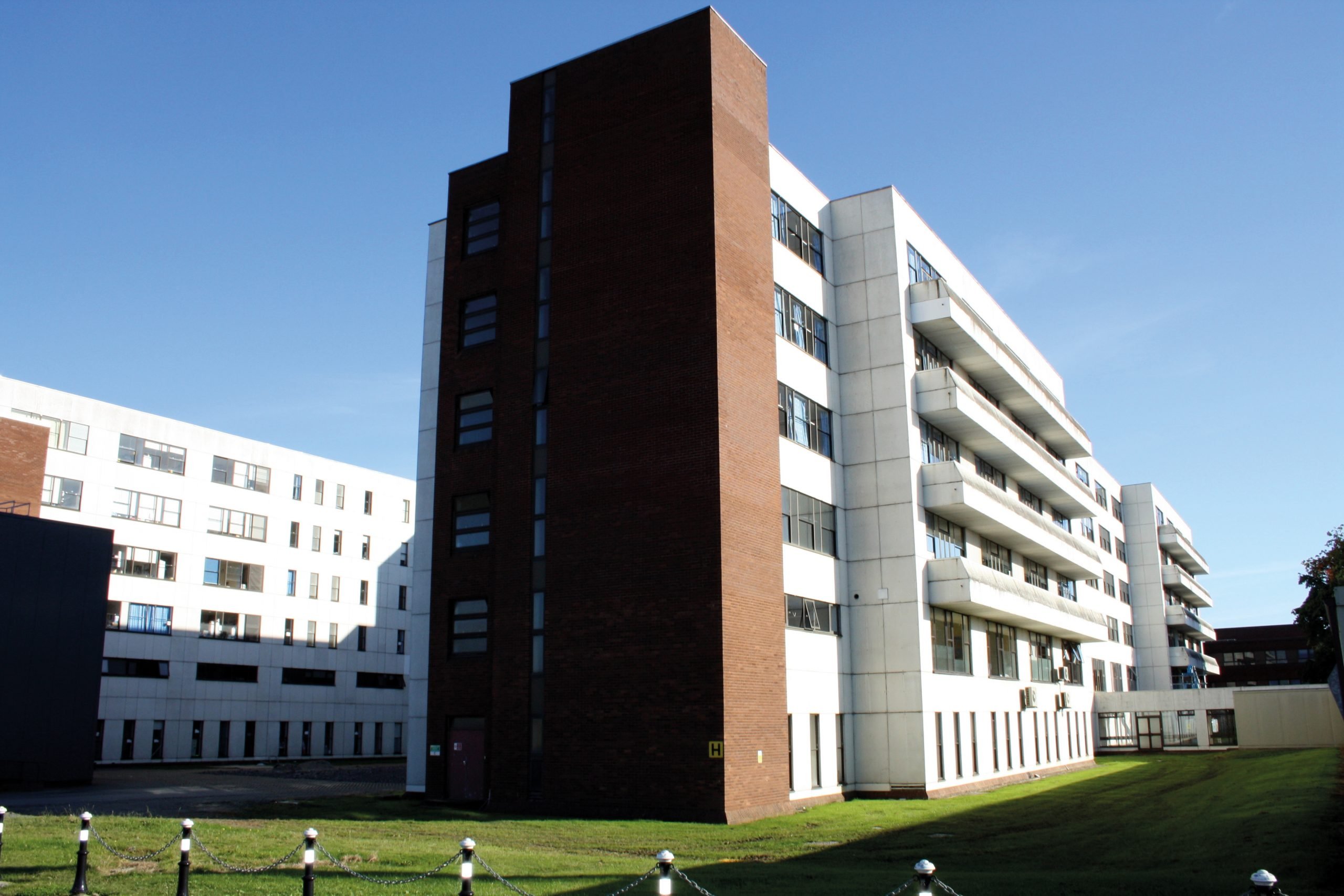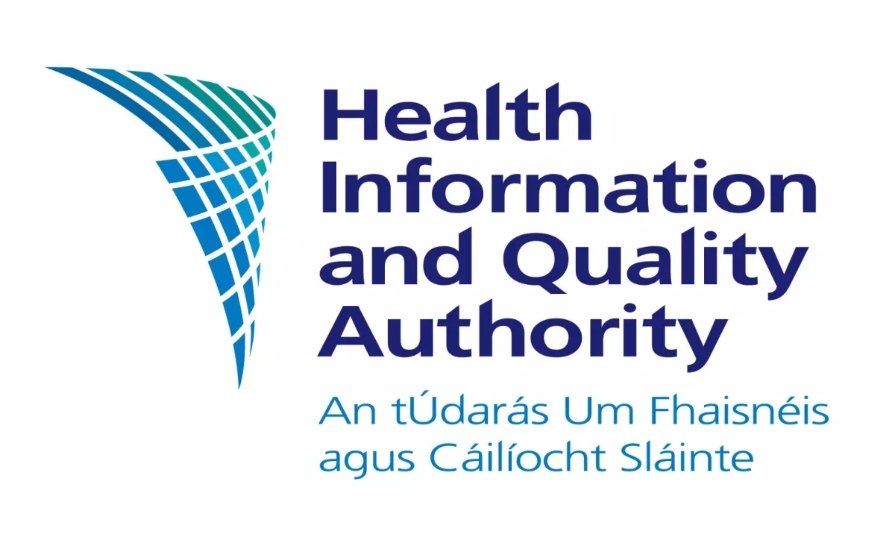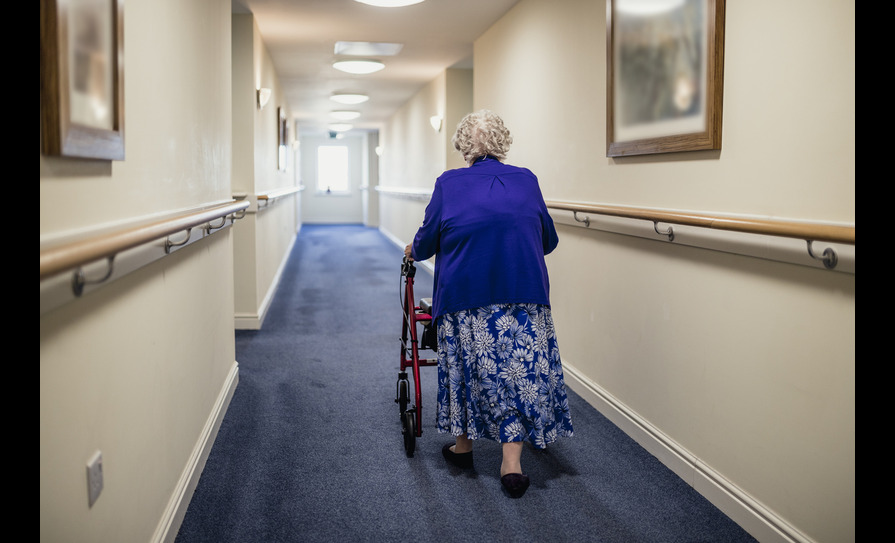Elevated levels of formaldehyde were detected in Beaumont Hospital’s operating theatre department and the post-mortem room, following an occupational hygiene monitoring exercise in 2019.
The hospital’s annual report states that a programme of occupational hygiene monitoring was conducted in the operating theatre department, the post-mortem room and histopathology.
“The aim of the exposure monitoring exercise was to evaluate personal exposure to formalin (mixture containing formaldehyde and methanol). The results of the first monitoring programme identified elevated levels of formaldehyde in the operating theatre department and the post-mortem room.”
A number of engineering controls and process changes were implemented to reduce the levels to the occupational exposure limit value (OELV), according to the report.
Repeat monitoring was carried out and the levels of formaldehyde were “within the OELV”.
According to a HSE document, formaldehyde is used in the histology laboratories throughout the health service for the preservation of samples. Based on clinical requirements, different percentages of formaldehyde are used as appropriate to the task. Formaldehyde diluted to different concentrations is known as formalin.
In 2014, formaldehyde was reclassified by the European Chemicals Agency as a carcinogen category 1B – “presumed human carcinogen” – and germ cell mutagen category 2.
Meanwhile, Beaumont’s health and safety department reported 41 incidents to the Health and Safety Authority (HSA) in 2019, which equated to 9 per cent of the total number of employee incidents. There were “no high-risk reportable incidents in 2019”.
According to the annual report, the health and safety department carry out system analysis investigations for HSA reportable incidents, serious near misses, dangerous occurrences (as prescribed by the HSA), fires and non-clinical needle stick injuries.
A HSA reportable incident is one where a staff member is out of work for greater than three days as a result of an incident at work. The top three reportable incident types, in 2019, were patient moving and handling, inanimate manual handling and slips/trips and falls.













Leave a Reply
You must be logged in to post a comment.